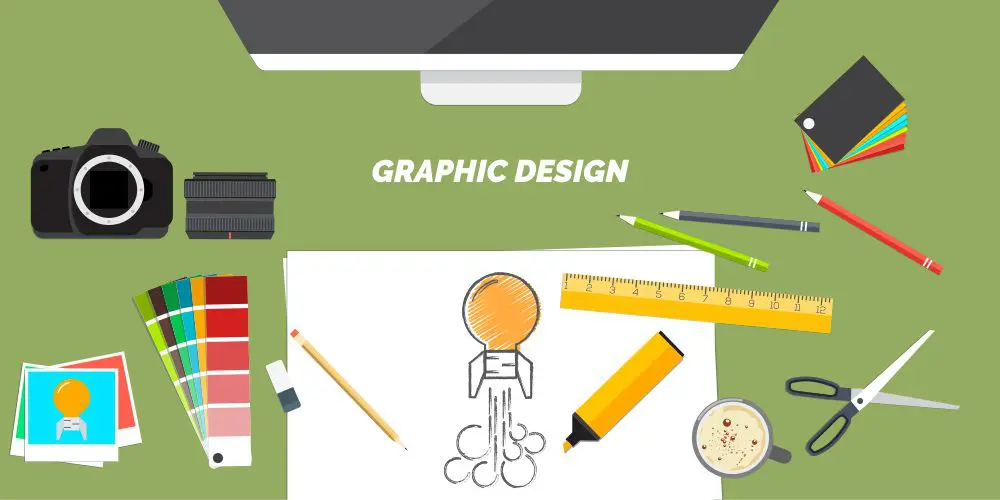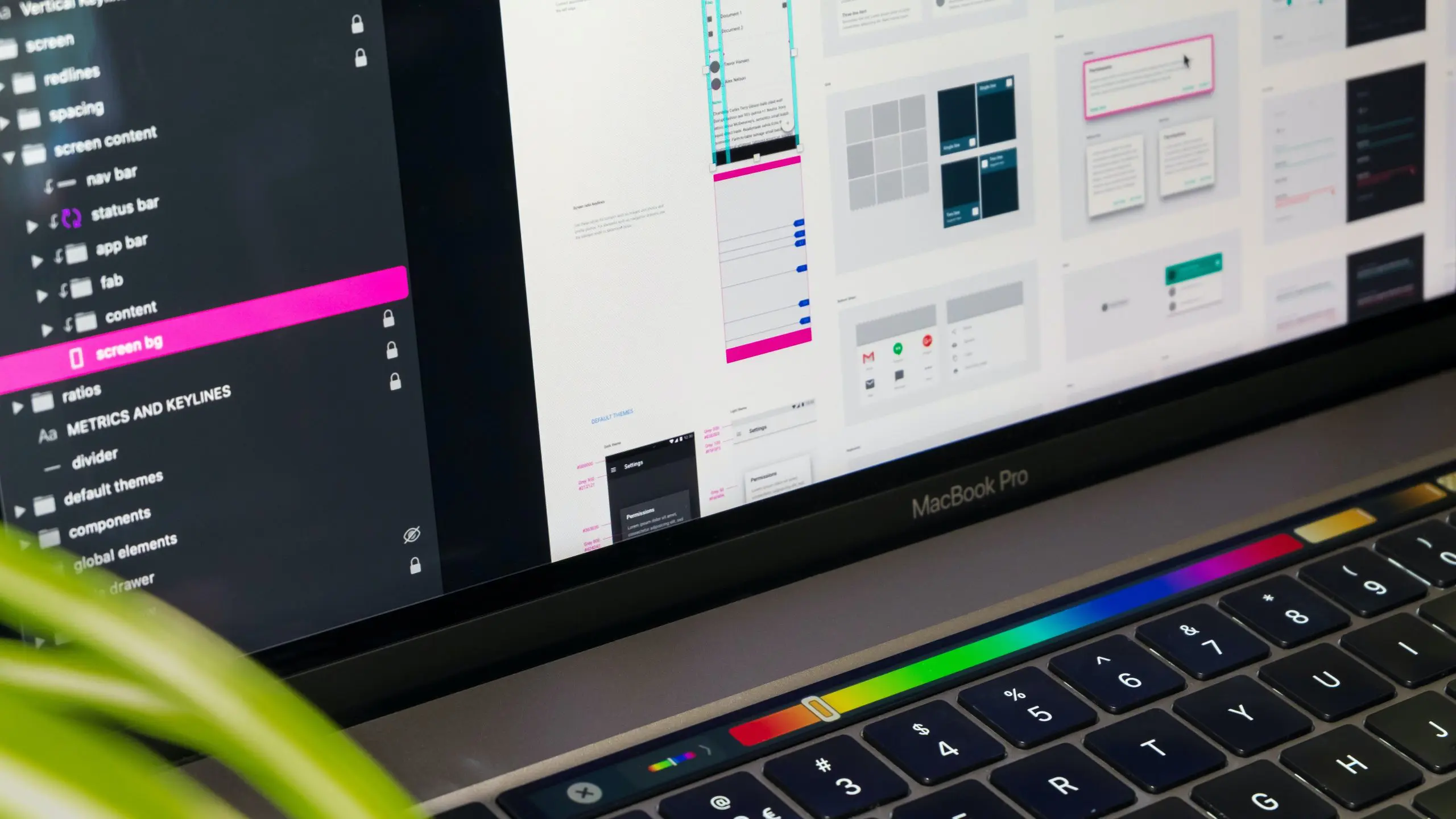What Are The Elements Of Great Graphic Design
- Communication Design
What Are The Elements Of Great Graphic Design
Great graphic design consists of so much more than imaginative colour schemes and fashionable layout; exceptional graphic design possesses five essential elements to give a supreme balance of creativity, clarity and impact, as demonstrated by the deft yet free hands and minds of the best creative agencies. Below we will discuss these five elements and cover the integral parts of each, providing you with a much more concise understanding of what connotes a great graphic design masterpiece.
Visual Hierarchy
By definition, “visual hierarchy” in the graphic design context consists of manipulating visual content by prioritizing it and subsequently organizing it in a manner that will effectively get the point across. Visual hierarchy is one of the backbone principles of graphic design and applies to every form of media you can experience. This element is not simply about the image content; any text considered for use is to be part of the arrangement process as well.
It is essential to pay close attention to contrasts when being attentive to this element. Contrasts in colour, context, size, and shape need to be closely monitored, and anything which distracts from the key point should be adjusted appropriately.
Balance in Design Layout
Have you have ever looked at an advertisement of any medium and found a specific area of the visual that continually takes away your attention from the main focus? Empty spaces in some areas and overcrowding in others can throw the brain’s ability to retain attention into an uproar. Great graphic design will have all visual content and text arranged in a balanced manner, and complimentary visuals or text will not crowd or distract from the point of the design. Each design will have a primary point of reference, and all other content is supportive. Thus, supporting content should bring the matter more clearly into focus rather than fog things up for the viewer.
Grid Use
A grid comprises intersecting lines, horizontal, vertical, and/or angular, which can be straight or curved in appearance. Grids are two dimensional, and to the layman, resemble nothing more than a bunch of tiny little boxes.
Grid use in graphic design will contribute significantly to the effectiveness of the design produced. The use of a grid assists in proper content placement, helping to achieve balance and providing depth and essence of tangibility to the design. Because grid use assists in creating effective content placement, its use contributes to the greatness of any design in which it has been implemented.
Proper Use of White Space
The use of white space in the graphic realm can make or break the design and any potential for greatness. White space is any area free of markings or content of any kind, including margins and any areas of space between groups of text or other content. White space can be used effectively without the viewer even being aware of it; this is graphic design genius. White space can also undermine an entire concept, consequently destroying what could have been a great design. Proper use of white space should allow the viewer to “breathe” while drinking in the design; it should not complete the piece but rather dance with the content in unison.
The Marriage of Positive and Negative Space: Visual Harmony
The essence of using white space properly is the mastery of balance of both negative (white) and positive (content-filled) spaces. You cannot master white, or negative space use without having used positive space effectively; this is the balance that needs to be achieved in all your designs.
To achieve great masterpieces of graphic design, creative agencies must have the entire world in their mind’s eye, and they must be able to express that effectively through their medium. The above five elements will encompass any great piece of graphic design, and it will not be difficult to identify each element with a trained eye. On the other hand, the intended viewer will see nothing but symmetry and aesthetic perfection, which is compelling in its purpose. Sharpen the attention you pay to the five elements, and begin to produce great graphic designs today.
Related Article: Branding Beyond Visuals: Tapping into All Five Senses for Branding
Great graphic design consists of so much more than imaginative colour schemes and fashionable layout; exceptional graphic design possesses five essential elements to give a supreme balance of creativity, clarity and impact, as demonstrated by the deft yet free hands and minds of the best creative agencies. Below we will discuss these five elements and cover the integral parts of each, providing you with a much more concise understanding of what connotes a great graphic design masterpiece.
Visual Hierarchy
By definition, “visual hierarchy” in the graphic design context consists of manipulating visual content by prioritizing it and subsequently organizing it in a manner that will effectively get the point across. Visual hierarchy is one of the backbone principles of graphic design and applies to every form of media you can experience. This element is not simply about the image content; any text considered for use is to be part of the arrangement process as well.
It is essential to pay close attention to contrasts when being attentive to this element. Contrasts in colour, context, size, and shape need to be closely monitored, and anything which distracts from the key point should be adjusted appropriately.
Balance in Design Layout
Have you have ever looked at an advertisement of any medium and found a specific area of the visual that continually takes away your attention from the main focus? Empty spaces in some areas and overcrowding in others can throw the brain’s ability to retain attention into an uproar. Great graphic design will have all visual content and text arranged in a balanced manner, and complimentary visuals or text will not crowd or distract from the point of the design. Each design will have a primary point of reference, and all other content is supportive. Thus, supporting content should bring the matter more clearly into focus rather than fog things up for the viewer.
Grid Use
A grid comprises intersecting lines, horizontal, vertical, and/or angular, which can be straight or curved in appearance. Grids are two dimensional, and to the layman, resemble nothing more than a bunch of tiny little boxes.
Grid use in graphic design will contribute significantly to the effectiveness of the design produced. The use of a grid assists in proper content placement, helping to achieve balance and providing depth and essence of tangibility to the design. Because grid use assists in creating effective content placement, its use contributes to the greatness of any design in which it has been implemented.
Proper Use of White Space
The use of white space in the graphic realm can make or break the design and any potential for greatness. White space is any area free of markings or content of any kind, including margins and any areas of space between groups of text or other content. White space can be used effectively without the viewer even being aware of it; this is graphic design genius. White space can also undermine an entire concept, consequently destroying what could have been a great design. Proper use of white space should allow the viewer to “breathe” while drinking in the design; it should not complete the piece but rather dance with the content in unison.
The Marriage of Positive and Negative Space: Visual Harmony
The essence of using white space properly is the mastery of balance of both negative (white) and positive (content-filled) spaces. You cannot master white, or negative space use without having used positive space effectively; this is the balance that needs to be achieved in all your designs.
To achieve great masterpieces of graphic design, creative agencies must have the entire world in their mind’s eye, and they must be able to express that effectively through their medium. The above five elements will encompass any great piece of graphic design, and it will not be difficult to identify each element with a trained eye. On the other hand, the intended viewer will see nothing but symmetry and aesthetic perfection, which is compelling in its purpose. Sharpen the attention you pay to the five elements, and begin to produce great graphic designs today.
Related Article: Branding Beyond Visuals: Tapping into All Five Senses for Branding
YOU MIGHT ALSO LIKE

Top Trends Shaping Corporate Training in Singapore (2024-2025)
- Learning by Design
- Branding
- Design Thinking
- Creative Tool
- Training

Crafting an Impactful Marketing Strategy by using Strategic Branding
- Branding
- Consumer Goods & Services
- Business Design
- Packaging Design
- Food & Beverage
- Communication Design
- Product Design




















 Singapore
Singapore  Indonesia
Indonesia  Italy
Italy